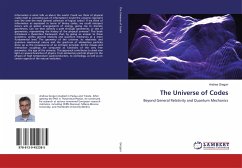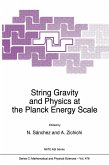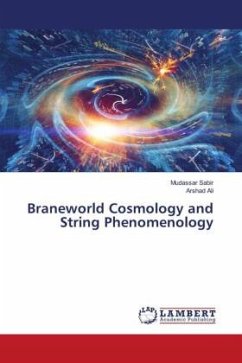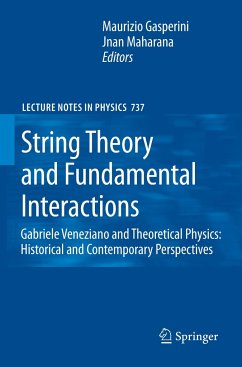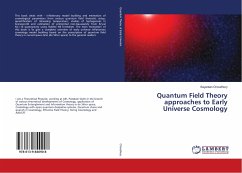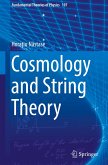Information is what tells us about the world. Could we think of physical reality itself as consisting just of information? Could the universe represent over the time the most general collection of logical codes? If we think of information as expressed in terms of binary codes, we could interpret binary sets as spatial arrangements of energy, giving rise to discrete geometries. Can we then identify a path through geometries, or sets of geometries, representing the history of the physical universe? This book introduces a theoretical framework that, by giving an answer to these questions, unifies general relativity and quantum mechanics at a more fundamental level. The geometry of the universe, its relativistic and quantum mechanical nature and the spectrum of elementary particles show up as the consequence of an entropic principle. All the masses and interaction couplings are computed as functions of the only free parameter, the age of the universe. This approach contributes to shed new light on several branches of physics, from elementary particle physics to the physics of high temperature superconductors, to cosmology, as well as on certain aspects of the natural evolution.

